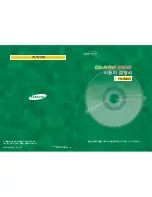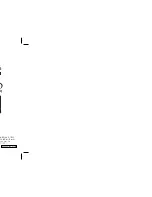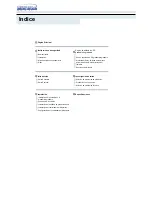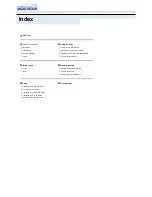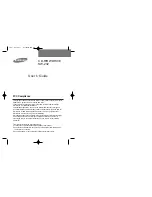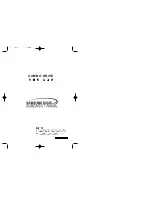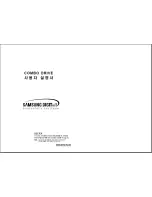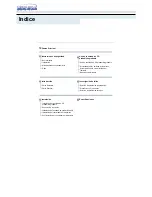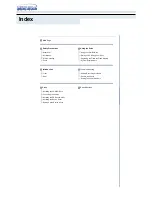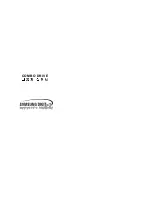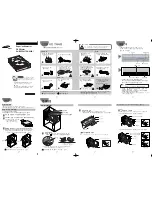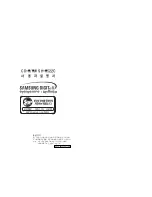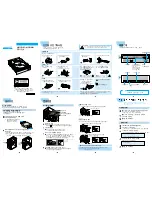
3.10 Additional Connections
3.10.1 Mechanical Brake Control
In hoisting/lowering applications, it is necessary to be able to control an electro-mechanical brake:
•
Control the brake using any relay output or digital output (terminal 27 or 29).
•
Keep the output closed (voltage-free) as long as the frequency converter is unable to ‘support’ the motor, for example due to the load being
too heavy.
•
Select
Mechanical brake control
[32] in par. 5-4* for applications with an electro-mechanical brake.
•
The brake is released when the motor current exceeds the preset value in par. 2-20
Release Brake Current
.
•
The brake is engaged when the output frequency is less than the frequency set in par. 2-21
Activate Brake Speed [RPM]
or par. 2-22
Activate
Brake Speed [Hz]
, and only if the frequency converter carries out a stop command.
If the frequency converter is in alarm mode or in an over-voltage situation, the mechanical brake immediately cuts in.
3.10.2 Parallel Connection of Motors
The frequency converter can control several parallel-connected motors.
The total current consumption of the motors must not exceed the rated
output current I
M,N
for the frequency converter.
NB!
Installations with cables connected in a common joint
as in the illustration below, is only recommended for
short cable lengths.
NB!
When motors are connected in parallel, par. 1-29
Au-
tomatic Motor Adaptation (AMA)
cannot be used.
NB!
The electronic thermal relay (ETR) of the frequency
converter cannot be used as motor protection for the
individual motor in systems with parallel-connected
motors. Provide further motor protection by e.g. ther-
mistors in each motor or individual thermal relays (cir-
cuit breakers are not suitable as protection).
Problems may arise at start and at low RPM values if motor sizes are widely different because small motors' relatively high ohmic resistance in the stator
calls for a higher voltage at start and at low RPM values.
3.10.3 Motor Thermal Protection
The electronic thermal relay in the frequency converter has received UL-approval for single motor protection, when par. 1-90
Motor Thermal Protec-
tion
is set for
ETR Trip
and par. 1-24
Motor Current
is set to the rated motor current (see motor name plate).
For thermal motor protection it is also possible to use the MCB 112 PTC Thermistor Card option. This card provides ATEX certificate to protect motors in
explosion hazardous areas, Zone 1/21 and Zone 2/22. Please refer to the
Design Guide
for further information.
VLT AQUA High Power Operation Instructions
3 How to Install
MG.20.P3.02 - VLT
®
is a registered Danfoss trademark
79
3































